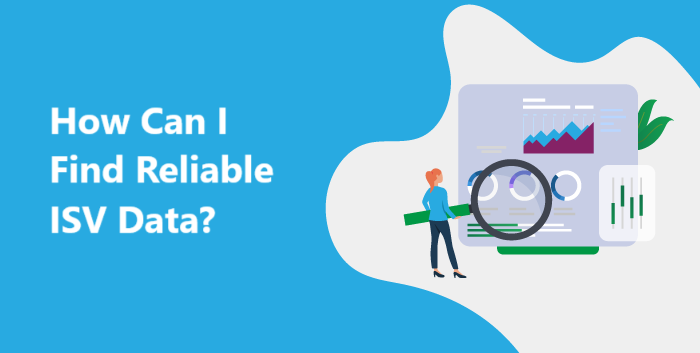Your brand should guide decisions like the tone and topics of content and the look and feel of print or web ads and social media marketing.
Before you can define your brand to the world, you need to define your brand for yourself. Start by answering these five questions.
Who are you?
If you compare your business to a person, brand is comparable to personality. In fact, brand personality is one framework that you can use to define your brand and how your target market will respond to it. Investopedia lists five main types of brand personalities:
- Exciting
- Sincere
- Rugged
- Competent
- Sophisticated
At first blush, you may figure that it’s best for your software company to focus on competence — and that may, in fact, be the best choice. But as you seek to stand out in what’s probably an increasingly crowded marketplace, you may find that emphasizing your application’s sophistication or exciting innovations will lay the groundwork for the types of responses you want from your prospects.
Keep in mind, that, just like a human’s personality, you need to make sure your brand’s personality is reflected in appearance, communications, and intent — every aspect. Sending mixed signals will weaken the message of what your company and your products are all about.
What do you do?
Just as important as defining who your company is, is defining what it actually does. And the answer isn’t developing software applications. You give your customers outcomes. Your collaboration solution helps your customers build stronger, more effective teams. Your human resources management system makes compliance easier. Your retail management system helps deliver better customer experiences. Your brand needs to focus on what you’re really selling to your customers.
An effective way to communicate what you do to your audience is through storytelling. More than the technical details of your application — which may be what’s of primary interest to you — your audience will respond better to stories of how your application meets challenges, solves problems, and works in real-life situations. And when you tell those stories, make sure you stay true to your brand image.
How do people recognize you?
Brand imagery is important. Think about the products you commonly use at home and at work. Then think about how easy it is to associate a logo and imagery with them. Although brand is more than a logo and colors, they’re an important part of the recipe. You want your logo where your target market will see it, and when they do, you want them to immediately recognize what you sell and who you are.
Where are your customers?
Your marketing strategy should take your brand to every place that your target audience lives, including websites, social media, research studies, trade shows, and print advertising. That begs the question, however, how a startup can find the budget and acquire the resources to get its brand in front of the people who matter the most. A good place to start is considering how you can leverage partnerships with hardware vendors or other software vendors with whom your product integrates. You may find opportunities to share tradeshow booths, presentations, or webinars that elevate the visibility of your brand in your shared audience.
Does our whole team represent our brand?
You shouldn’t keep your brand and what it represents secret from your team. Everyone from your software development team to sales and administration should understand your brand’s image and their role in maintaining it. A brand trying to build an exciting image shouldn’t have a sales presentation that’s anything but. An ISV attempting to build a sophisticated brand personality should ensure its entire staff is well-spoken and well-informed. Blogs and guest posts should reflect your expertise and focus on topics your audience is interested in, but they should also reflect your brand image.
Keep your promises
Bear in mind that as your customer base grows, how you conduct your business, the quality of your applications, and the support you provide will all also become a part of your brand’s reputation. Do everything you can to preserve the image you are working so hard to create.









